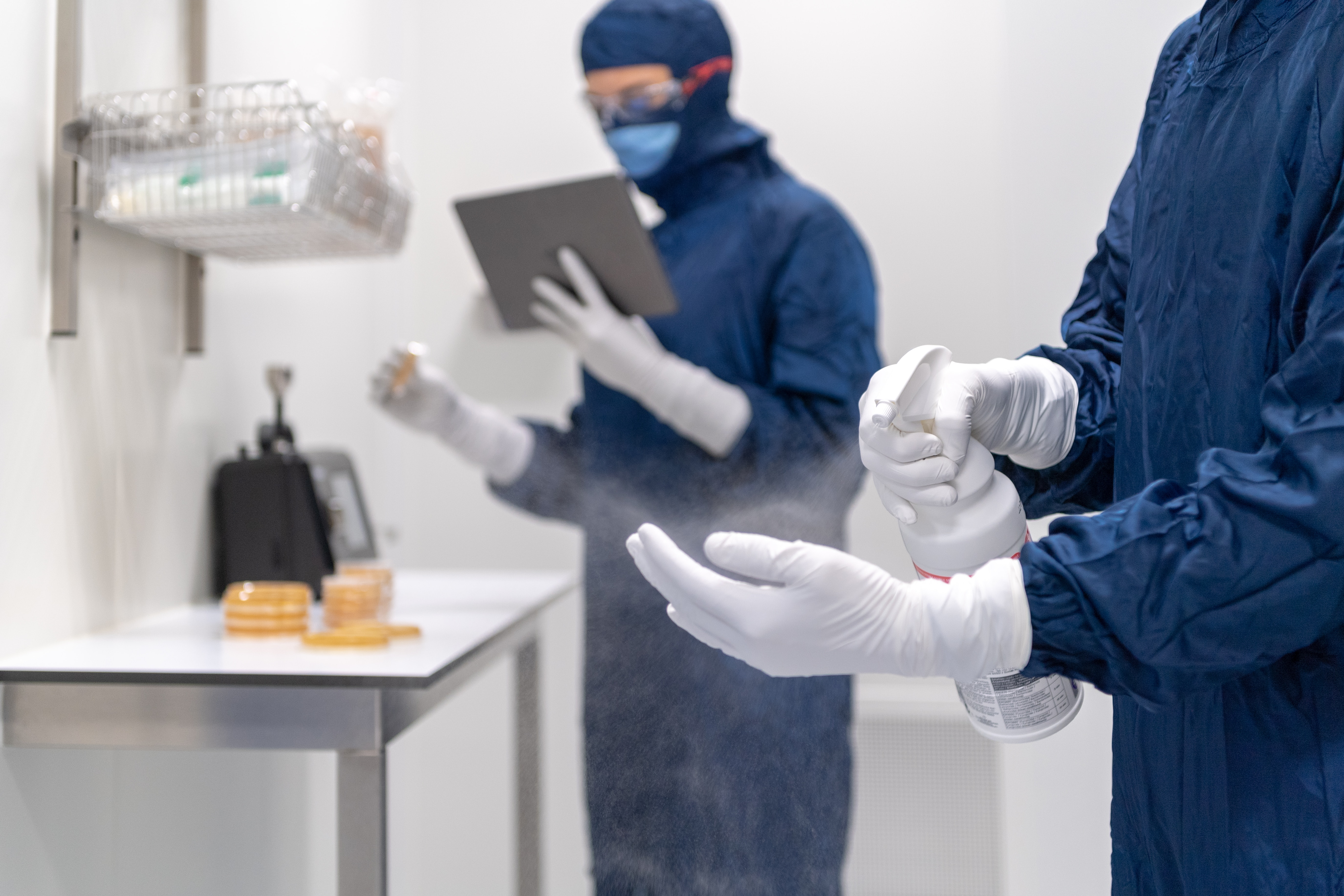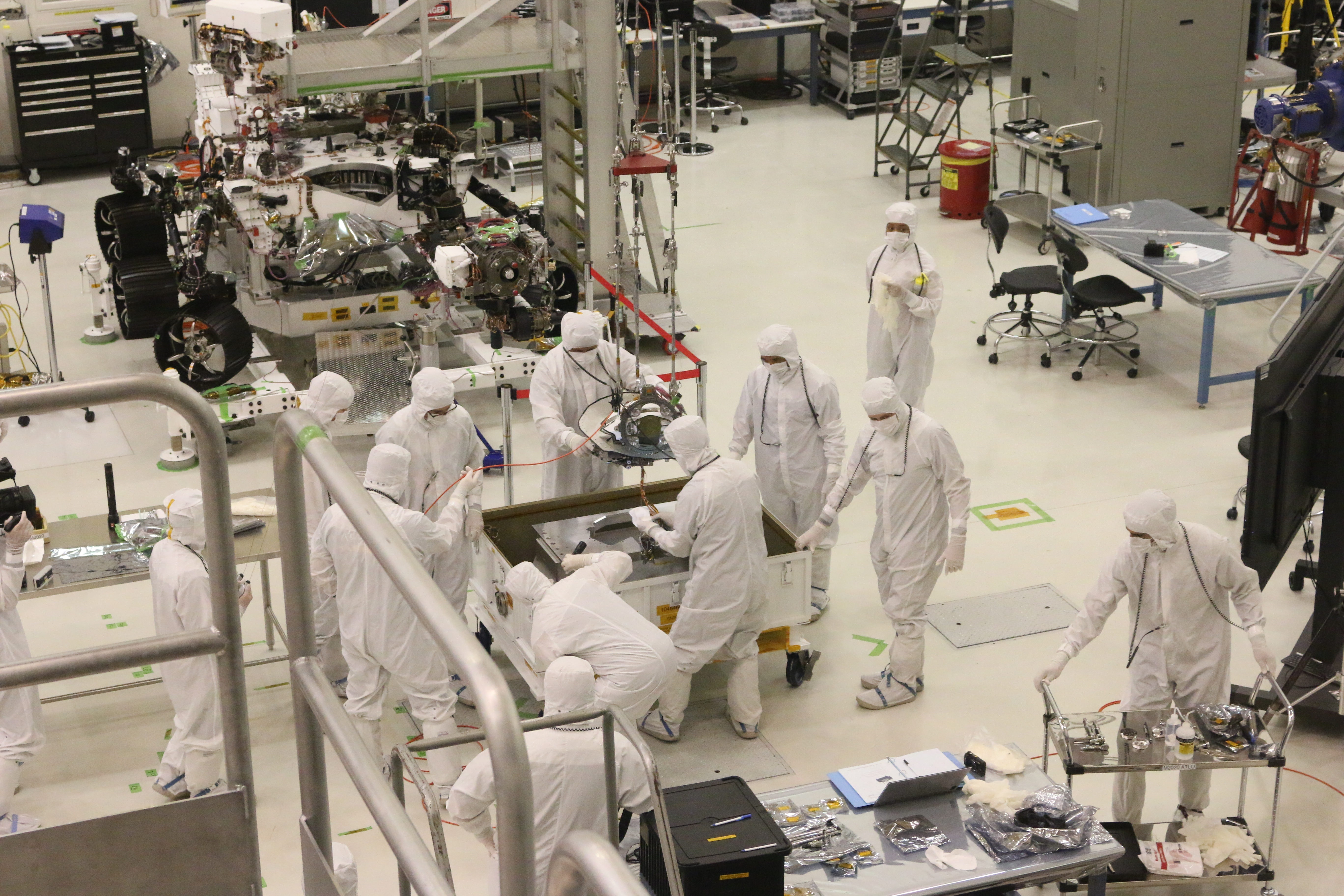ISO 14644 Certification (Cleanroom and Related Control Environments)
Page Information

Contents
ISO 14644 Certification
(Cleanroom and Related Control Environments)
– Introduction to cleanliness rating classification and testing methods
1. What is ISO 14644 certification?
As a certification of clean rooms and related controlled environments, a clean room is a space designed to keep the concentration of particles in the air within a certain level and control the inflow and generation of particles into the room. Environmental requirements such as pollutants, temperature, humidity and pressure are controlled as needed.
Cleanroom facilities are required in industries that require highly refined environments. Therefore, ISO 14644 certification is essential in areas where fine pollutants can have a significant impact, such as aerospace, electronic airports, pharmaceutical medical devices, and industries such as health and food.
2. ISO 14644-1:2015 - Cleanliness Classification
- - Classify cleanliness ratings by measuring the concentration of airborne particles
- - The measured particle concentration relative to the particle size is classified according to Table 1 below
-
< Table 1 > ISO rating of air cleanliness by particle concentration
| ISO classification (N) |
Maximum allowable concentration equal to or greater than the assessed size shown below (concentration of particles in 1㎥) |
|||||
|---|---|---|---|---|---|---|
| 0.1㎛ | 0.2㎛ | 0.3㎛ | 0.5㎛ | 1㎛ | 5㎛ | |
| ISO 1 | 10 | |||||
| ISO 2 | 100 | 24 | 10 | |||
| ISO 3 | 1,000 | 237 | 102 | 35 | ||
| ISO 4 | 10,000 | 2,370 | 1,020 | 352 | 83 | |
| ISO 5 | 100,000 | 23,700 | 10,200 | 3,520 | 832 | |
| ISO 6 | 1,000,000 | 237,000 | 102,000 | 35,200 | 8,320 | 293 |
| ISO 7 | 352,000 | 83,200 | 2,930 | |||
| ISO 8 | 3,520,000 | 832,000 | 29,300 | |||
| ISO 9 | 35,200,000 | 8,320,000 | 293,000 | |||
3. ISO 14644-3:2019 - The recommended test for the clean room
< Table 2 > Recommended test
| Test | Details |
|---|---|
| Air differential pressure test | Testing to verify the performance of the clean room air movement system which maintains the specified differential pressure between the clean room and the environment of use |
| Airflow test | Test for measurement of a single direction and a clean room in a single direction of a single direction and a clean area |
| Airflow direction test and visualization | Testing to demonstrate uniformity of airflow direction and speed conforms to design and performance specifications |
| Recovery test | Tests to determine whether a clean room or clean area can be returned to a specific cleanliness rating within a limited time after a brief exposure to a source of airborne particles |
| Temperature test | Tests to verify that the air temperature level is within control limits for a specific period specified by the buyer for the area under test |
| Humidity test | Test target area for test target areas specified by the buyer for a specific period specified by the buyer for a specific period specified by the buyer |
| Leakage test of the system with the filter installed | Tests to ensure that the final high efficiency air filter system is properly installed and that there are no defects in the filter by ensuring that there are no indirect leaks to the air filter facility |
| Contaminant Leakage Test | Tests to ensure that unfiltered air flows into clean rooms or clean areas through connections, joints, doors and pressurized ceilings in clean area spaces |
| Electrostatic and ion generator tests | Tests to evaluate the electrostatic voltage level for an object, the electrostatic dissipation characteristics of the material, and the performance of an ion generator (i.e., an ionizer) used for electrostatic control in a clean room or clean area |
| Particle deposition test | Tests to determine the amount and size of particles deposited from the clean room air to the surface during the agreed period |
| Isolation test | To assess the effectiveness of isolation achieved by a particular airflow, unrated areas are tested as particles and particle concentrations are determined in protected areas on the other side of the isolation |
- - - Accurate environmental measurements ensure safety
- - - Meet organizational and stakeholder expectations
- - - Ensuring the customer's credibility in the organization's capabilities
- - - Securing Business Continuity
- - Minimize risk through compliance with relevant guidelines and laws
- PreviousProvide of AA1000 Assurance Standard Verification Service 24.01.19
- NextISO/IEC 27002:2022 Information security, cybersecurity and privacy protection — Information security controls 24.01.05
Comment list
There are no registered comments.



